I'm a Fitness Expert: Here's What Really Burns More Fat After 40, Walking or HIIT
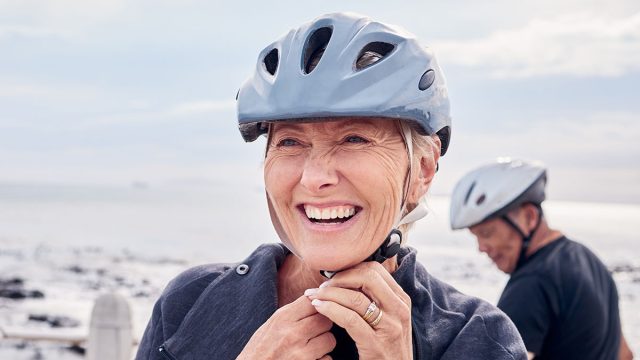
Are you trying to burn fat? There is a lot of conflicting information out there about what workout is better for fat burning after 40: HIIT or walking. Body Network asked Aaron Leventhal, Author of The New Fit: How To Own Your Fitness Journey in Your 40s, 50s, and Beyond, a personal trainer who has a BA in Exercise Science and is NSCA-CSCS certified, and here is exactly what he had to say.
It Depends on Age and Gender
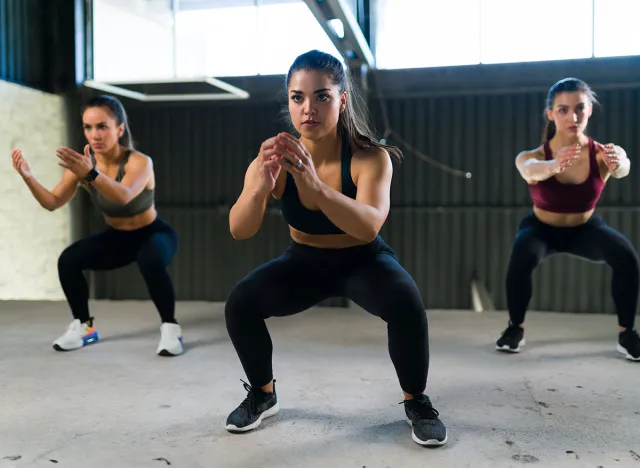
Whether you should do walking or HIIT depends on your age and sex. "We are all different, and women are not small men. If you are perimenopausal or in menopause, then you can definitely do HIIT. There is great research on the benefits of HIIT for all of us, no matter sex, but there is some confusion on how this type of training affects each of us," he says.
Menopausal Women Should Do HIIT and Strength Training

Menopausal women should do HIIT training and strength training, according to Leventhal. "I found this study to show the benefit of HIIT training in a group of women who engaged in HIIT training compared to a group that only did endurance training. The results were staggering. The HIIT group significantly changed in terms of losing body fat, sleeping better, and seeing a decrease in menopausal side effects," he says.
The H in HIIT Can Vary
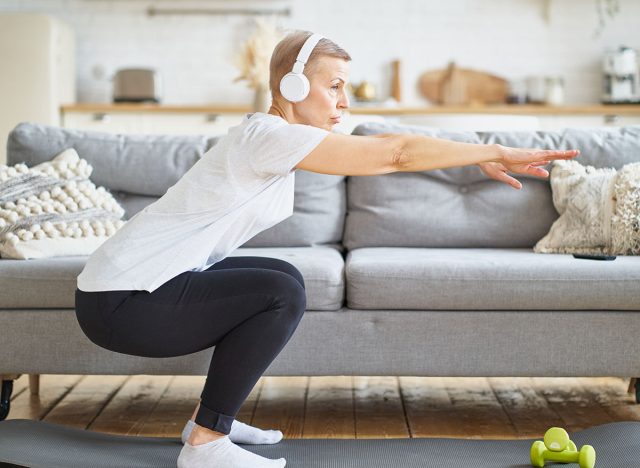
"But are you really doing HIIT? So, we can definitely say that HIIT is good for everyone, regardless of age or sex. What we can't say for sure is if when you think you are doing HIIT, you are. The H.I. in HIIT can be misleading because the benefits only come once you are at a heart rate above 85% of max. Thus, the H- in High and I- in intensity. It doesn't count if you just do a fitness class called HIIT," he continues.
You Need to Get Enough Intensity
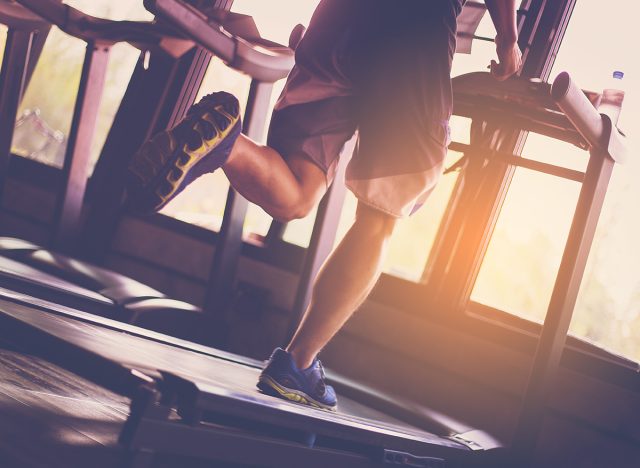
The real juice is in getting the true intensity needed, says Leventhal. "Just to give you an idea of how far off most of you are when it comes to true high-intensity training. A study by York University in Toronto took a group of people, put them on a treadmill, and asked them to run at a low intensity. Then, they were asked to get their heart rate up to 93% of max by running vigorously. Most participants thought they were at 93% of the max while still well below 75% of the max heart rate," he says.
NEAT Matters

N.E.A.T., aka non-exercise activity thermogenesis, also comes into play. "When it comes to burning calories, what we do outside of our HIIT workouts might be more critical. We see this in other cultures, which require walking, riding, and hiking throughout the day instead of sitting behind a desk."
RELATED: Woman Loses 70 Pounds in 12 Months After Making These 3 Simple Changes
The More Steps You Take, the More Calories You Burn
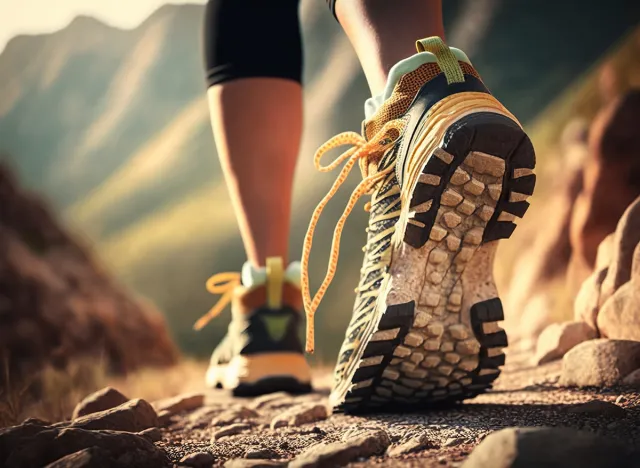
"The more steps you take, the more calories you burn. A recent study showed that when you do a hard-charging HIIT workout, you might burn up to 13% of your daily calories. But, by taking more than 10K steps a day, working with your hands, and moving more throughout the day, you can burn 30% or more of your daily calories. So, let's not leave walking out of your daily exercise routine," he says.
Find Balance
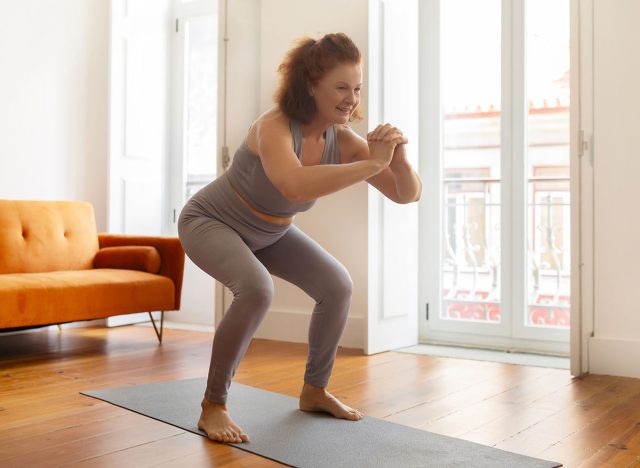
You must find a balance of what works best for you, he says. "As we age, we may need to change the way we train. For those of you who are used to hard-charging HIIT workouts 5 times a week, you may need to start balancing it out with less HIIT and add some walks. Likewise, if you don't have a movement practice that includes HIIT, maybe you want to add that in to start 1 x a week. The key is to find the right balance, and I recommend finding the right balance by paying close attention to how your body feels and making sure you are being a critical thinker in your daily exercise choices."
Be Ready for the Challenge
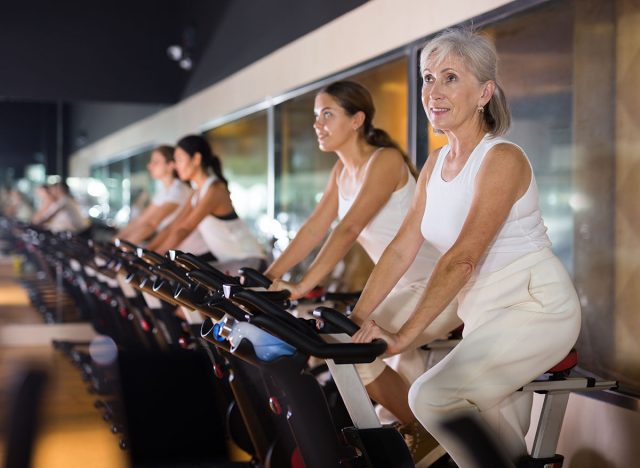
"Remember, HIIT is challenging, and to do it, you'll need to be ready for it. A simple way to know if you are ready is to give yourself a rating on the following questions. What is my desire to train today? One is low, and five is high. A 4 or 5 is a green light to go. Try doing this before and after your warm-up. You would be surprised at how things change after you get moving. If you are a 1 or 2 on a scale of 1-5, it might be a good idea to head out for a long walk. When you fall at a 3, it's up to you. As you do this type of present critical thinking more and more, you'll be more and more dialed in," he says.
Is It Working?
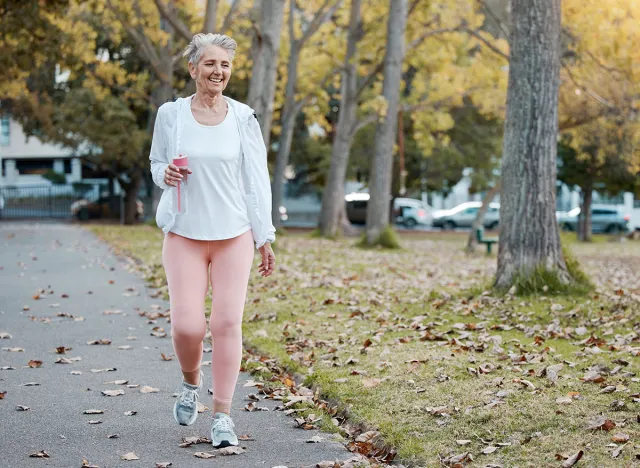
"Is it working? I can tell you this. The only way to know if the balance is right and if you are getting the benefits of both walking and HIIT is to create measurables. What is your goal? Is it to hold onto lean muscle mass as you age? Is it to lose weight? Increase bone density? Increase performance? Measure where you are today, play with some walking and HIIT, and see what changes," he says.
RELATED: This Mom Went From a Size 10 to a 4 in 90 Days After Discovering These 5 Weight Loss Truths
Remember, It Takes Time

"It will take time. Give it six weeks, and then see how your new routine works. The key is to include walking and HIIT in your weekly routine in the right balance. It's like you are running an experiment on yourself. Measure where you are when you start and along the way. You'll learn to adjust the dials as you go along to get your routine fine-tuned for you," he concludes. And if you enjoyed this article, take advantage of these 31 Fitness Tips Every Beginner Needs to Look Sexy, According to Coaches.




